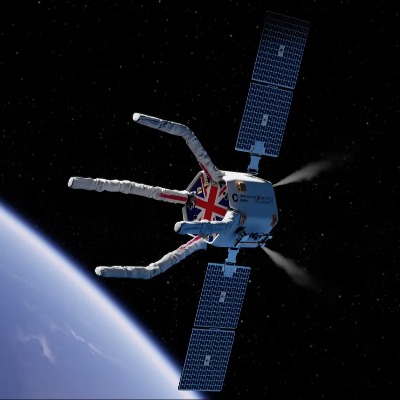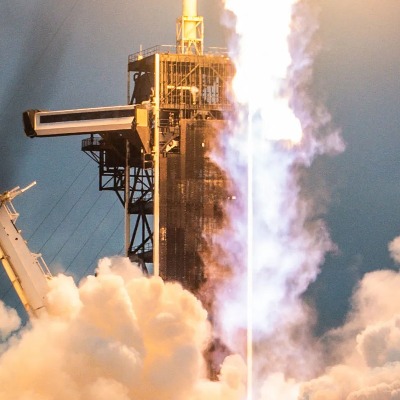Powerful New NOAA Weather Eye Set For Launch On SpaceX Falcon Heavy

The countdown is on for the launch of a powerful new weather satellite that will significantly enhance the nation's ability to monitor and forecast extreme weather events. The National Oceanic and Atmospheric Administration's (NOAA) GOES-U satellite, also known as GOES-19 once in orbit, is poised for liftoff atop a SpaceX Falcon Heavy rocket on Tuesday, June 25th.
GOES-U is the latest addition to NOAA's Geostationary Operational Environmental Satellites (GOES-R) Series. These advanced weather satellites maintain a constant geosynchronous orbit, meaning they appear stationary over a fixed point on Earth, allowing for continuous monitoring of weather systems.
"GOES-U represents a significant leap forward in weather observation capabilities," said Dr. Thomas Zurbuchen, Associate Administrator for NASA's Science Mission Directorate, in a joint press release with NOAA. "This new satellite will provide crucial data for weather forecasting, helping us better predict and prepare for severe storms, floods, and other extreme weather events."
GOES-U boasts a suite of cutting-edge instruments, including a powerful new high-resolution imager that will capture images of Earth's atmosphere and weather systems every 30 seconds. This enhanced resolution will allow meteorologists to track developing storms with greater precision, enabling more accurate and timely forecasts.
"The improved data from GOES-U will be a game-changer for weather forecasting," said Dr. Stephen Kohler, Director of the National Weather Service. "These detailed observations will allow us to see the finer details of weather systems, leading to more accurate and localized forecasts that can protect lives and property."
The launch of GOES-U is a collaborative effort between NOAA and NASA. NASA is responsible for the launch vehicle and spacecraft acquisition, while NOAA oversees the satellite's operation and data distribution. The launch will take place from Launch Complex 39A at NASA's Kennedy Space Center in Florida, with SpaceX's Falcon Heavy rocket providing the necessary thrust to propel the satellite into its designated orbit.
This mission marks another milestone in the successful partnership between NOAA and SpaceX. The Falcon Heavy, with its powerful thrust capability, is ideally suited for launching large and sophisticated satellites like GOES-U.
The successful launch and deployment of GOES-U will usher in a new era of weather forecasting. The detailed and timely data collected by this powerful satellite will be instrumental in protecting communities from the devastating impacts of extreme weather events. With its launch just weeks away, the wait for this next-generation weather eye is nearly over.




